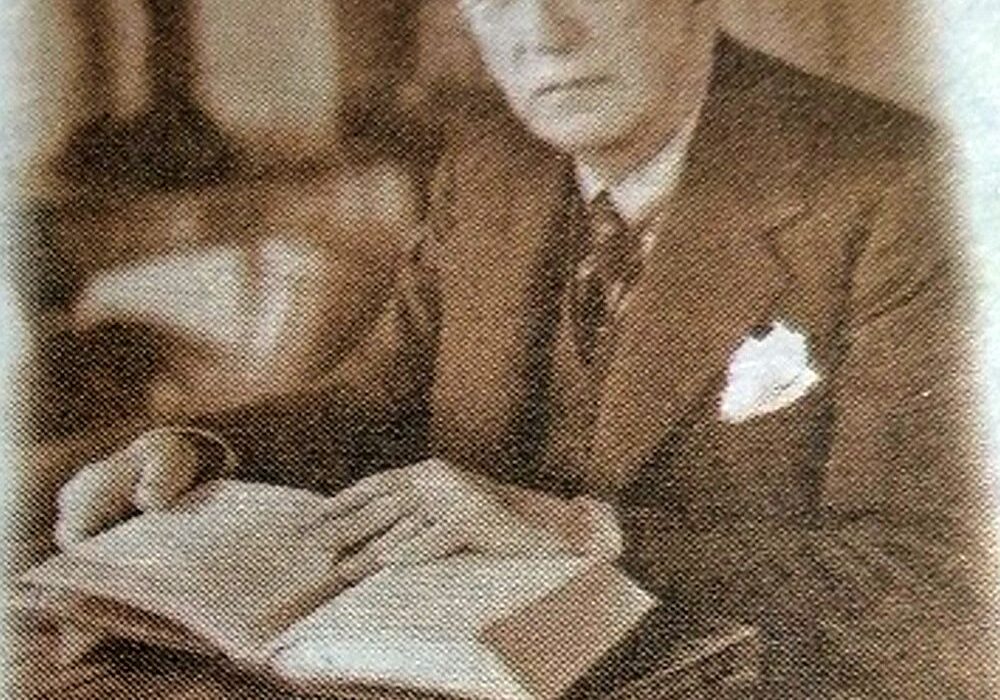People often write that Poundbury is our area’s ‘model village’. Apart from this terminology being incorrect (Poundbury is an urban extension) there’s actually a proper ‘model village’ in this area – one that pioneered farming techniques and a way of living that was way ahead of its time.
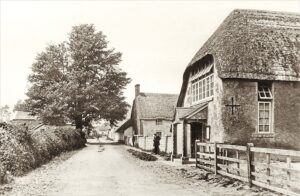
The news that one of the Debenham family’s homes has come on the market recently for £2,175,000 has sparked a fresh interest in Sir Ernest Debenham’s groundbreaking social, domestic and agricultural model, which saw the tiny hamlet of Briantspuddle become a significant part of farming history.
The sale of the house – only its second ever sale after being in the family until just a few years ago –coincides with the revamping of a 2014 book about the parish, which goes into the Debenham development in such more detail.
Sir Ernest, who hailed from the London family of drapers famed for their department stores, originally bought 3,500 acres of land across Briantspuddle, Affpuddle and Turnerspuddle in 1914.
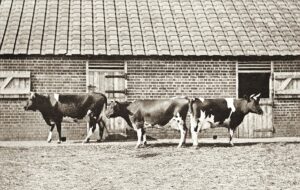
His ultimate plan was to join up the tiny village of Affpuddle with Briantspuddle, however this ultimately didn’t happen.
Having run the Debenhams chain for a number of years Sir Ernest, then in his 50s, had a vision, to create a self-sustaining agricultural community where workers lived in decent accommodation, to encourage hard work and loyalty.
Indeed, standards were markedly higher here than the usual tied cottages of the day, with each having an inside bath and toilet and a large garden.
The estate was self-sufficient, producing its own electricity with generator and battery storage and sourcing its own water from a chalk borehole.
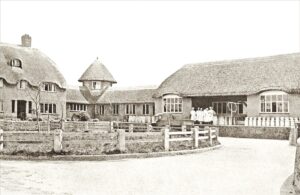
Over the next 15 years, 40 new cottages were built, and by 1929 eight more were being built.
Sir Ernest named it the Bladen Estate after nearby Blackdown Hill. The estate grew and eventually covered more than 10,000 acres, which included 12 individual farms and at its peak provided employment for as many as 600 people.
A guide to the estate was written in 1983 to raise funds for the village hall – itself a 17th century tithe barn, one of just two thatched village halls in Dorset.
The Story Of Briantspuddle – Dorset’s 20th Century Model Village was written by residents of the Dairy Ring, Campbell de Burgh and John Snoxell.
An abridged version of their book is on the village website, briantspuddle.info
The authors say the major building programme started in 1919 after the First World War. The first 12 cottages included the Dairy Ring – an unusual ‘ring’ of homes with turrets at the corners.
The homes were made of Debenham block, and designed by Halsey Ricardo, the architect responsible for Sir Ernest’s London residence at 8 Addison Road.
Their chocolate box prettiness belies the intensely functional, forward-thinking nature of the design, both of the homes and the wider aims of the project.
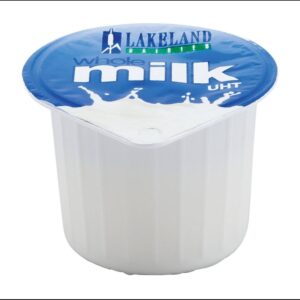
Ernest Debenham, who became a baronet thanks to his pioneering work in agriculture, saw Briantspuddle as the future of farming.
When he bought the initial parcels of land the hamlet had just a few cottages. There was a Methodist chapel here, and a blacksmith’s, and once there was a mill.
In 1914 that all changed, with Sir Ernest – the grandson of Debenham’s founder William – at the helm.
He had spent years running the family business, but his heart was in farming and he wanted to prove that new methods could increase production and allow communities to be almost entirely self-sufficient.
The estate had its own transport depot at the crossroads in the village, with two steam engines, 16 tractors, six vans and lorries, eight cars and 12 motorbikes.
Experiments were carried out on almost all types of farming between 1919 and 1929. The very first silage tower in the country was erected at Briantspuddle.
A milk processing factory was set up in The Ring buildings, the Central Dairy. The factory had a fully equipped bacteriological laboratory. Grade A milk was on sale in Parkstone within an hour of leaving Briantspuddle.
As demand increased, a new central dairy was built at Milborne St Andrew in 1929. This supplied milk throughout the south of England, including the Cunard Line and the Home Fleet.
This was managed by Martin Debenham, under the name of Ideal Dairies, later called Express Dairies.
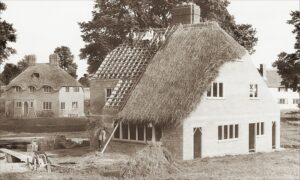
The Old Dairy, behind The Ring in Briantspuddle, was erected to test ultraviolet sterilisation of milk in the 1920s. The late Bill Poore, one of the last remaining villagers who worked at the Bladen Dairies, remembered an experiment in which the treated milk, packed in waxed cartons, was taken to Cape Town and then to Salisbury, Rhodesia, where half was opened and found to be fit. The remainder was returned to Milborne where it too was found be in good condition. This was the birth of UHT milk.
Milk processing moved to the new Central Dairy at Milborne St Andrew in 1929, by which time the Bladen Estate had grown to well over 10,000 acres. After this point home building stopped, as funds to drive the project had run out, and employment fell. By the early 1930s some of the farms were being let.
Over a century after Sir Ernest embarked on his experimental dream, the area still comprises the separate communities of each Puddle village.
But in the pretty village of Briantspuddle his legacy remains as a picture postcard community whose origins lie in the best of intentions.




